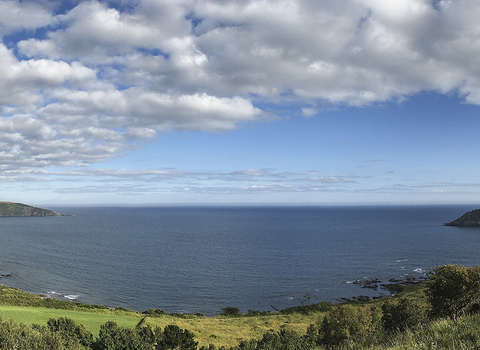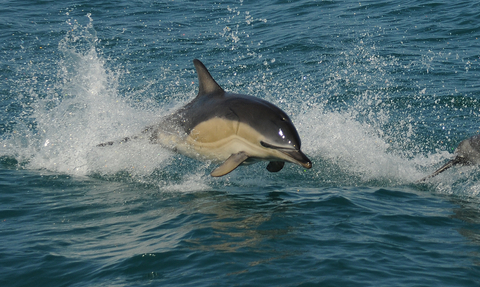
Common dolphin, Adrian Langdon
Protecting a Special Place
Marine Conservation in Action
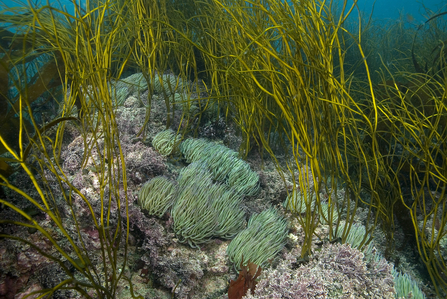
Paul Naylor marinephoto.com
Wembury is a special place, thousands of people visit each year to enjoy and appreciate the natural coastal environment.
For over 30 years, Wembury Marine Centre has worked tirelessly to protect Wembury's marine environment and continues to do so today and for the foreseeable future.
Each year the Centre works with numerous visitors, local schools, the general public and the wider Wembury community to raise awareness of marine conservation issues and to encourage others to take action to protect our seas.
Our marine conservation work encourages everyone to understand that all life is dependent on the ocean and by protecting the ocean, we protect ourselves.
With every drop of water you drink, every breath you take, you're connected to the sea. No matter where on Earth you live.Marine Biologist & Oceanographer
Wembury Marine Conservation Area:
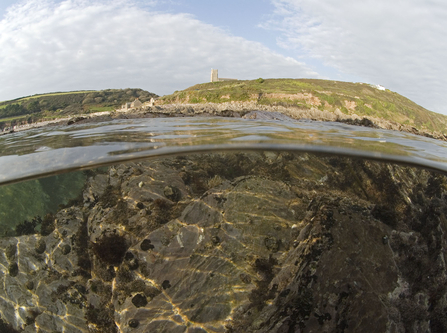
Paul Naylor marinephoto.com
Wembury was designated a Marine Conservation Area (MCA) in 1981.
Individuals and organisations with an interest in the area established the MCA because it was recognised that the area has significant marine wildlife importance and was subject to a huge amount of human pressure.
For the past forty years, the MCA has been cared for by the Wembury Marine Conservation Area Advisory Group: a group of local people who have the interests of Wembury's natural environment at heart - they also provide support and guidance to Wembury Marine Centre.
Wembury is a very special place but, partly because of that, it faces big pressures. We want to help keep it special far into the future.Chair - Wembury Marine Conservation Area Advisory Group
Wembury's Code of Conduct:
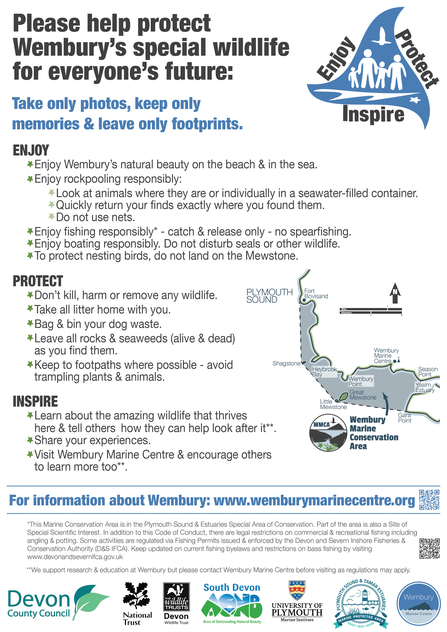
The Wembury Marine Conservation Area Advisory Group has worked in partnership with local stakeholders & the Wembury Community to develop a Code of Conduct for activities taking place within the Wembury Marine Conservation Area.
Wembury's Local, National and International Protection:
As Wembury and the surrounding coastline are so special, they benefit from the following official designations:
Plymouth Sound and Estuaries Special Area of Conservation (SAC)
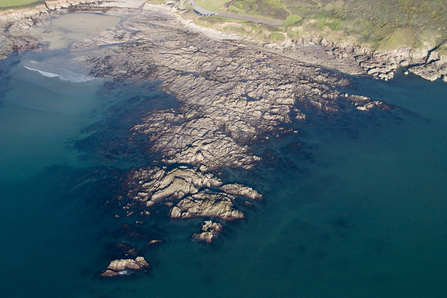
The statutory Plymouth Sound and Estuaries SAC includes Wembury Bay and was designated in 2001. This area is protected by the European Habitats Directive and was designated to protect a wide range of habitats and species found in the area. At Wembury, the main reason for inclusion in the SAC is the rocky reefs which form the rockpools and have a wide diversity of rocky shore plants and animals.
One of Devon’s largest known populations of the endangered plant, Shore Dock (Rumex rupestris) is found at Wembury. The presence of the rare fish, Allis Shad (Alosa alosa) is another reason why the area is protected by the SAC.
For more information visit Plymouth Sound and Estuaries SAC
For further information on the wider area visitPlymouth Sound & Tamar Estuaries Marine Protected Area
South Devon Area of Outstanding Natural Beauty (AONB)
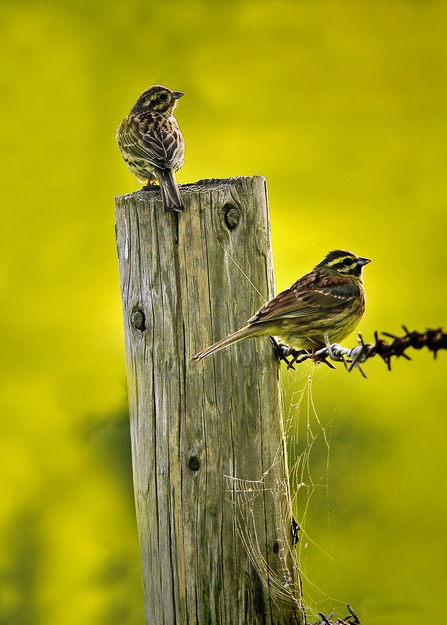
Credit Steve Waterhouse
The statutory South Devon Area of Outstanding Natural Beauty (AONB) was designated in 1960 and stretches from Jennycliff in Plymouth to Berry Head in Brixham. The designation protects the landscape, scenery, wildlife and cultural heritage of the AONB. It protects 60 miles of coastline and nationally important wildlife, for example, the Cirl Bunting (Emberiza cirlus) and the Greater Horseshoe Bat (Rhinolophus ferrumequinum).
For more information visit South Devon AONB
Wembury Point Site of Special Scientific Interest (SSSI)
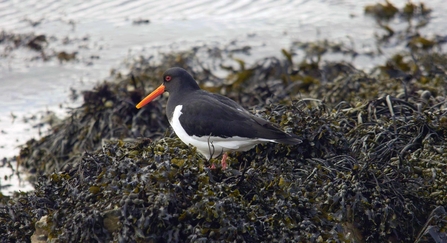
Credit Derek Moore
The statutory Wembury Point Site of Special Scientific Interest (SSSI) was designated in 1984 and covers an area of 1.39 km2. Wembury Point SSSI protects both the wildlife and the geological features of the site - of note are the rocky shore plants and animals and the coastal sand, shingle and steep slopes of sea cliff grassland and mixed scrub. It is an important site for wintering and nesting birds and the wave-cut platform and degraded fossil cliff line are geologically significant. The extremely rare and protected tree the Plymouth Pear (Pyrus cordata) can be found in this SSSI.
For more information visit Wembury Point SSSI
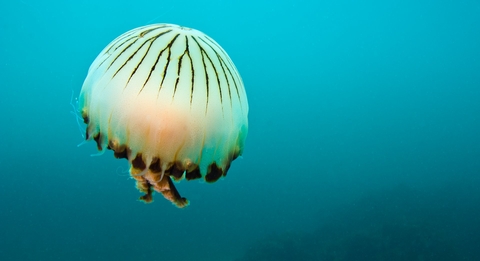
A compass jellyfish (Chrysaora hysoscella) swims over a rocky reef, Plymouth, Devon, England. English Channel. - Alexander Mustard/2020VISION

